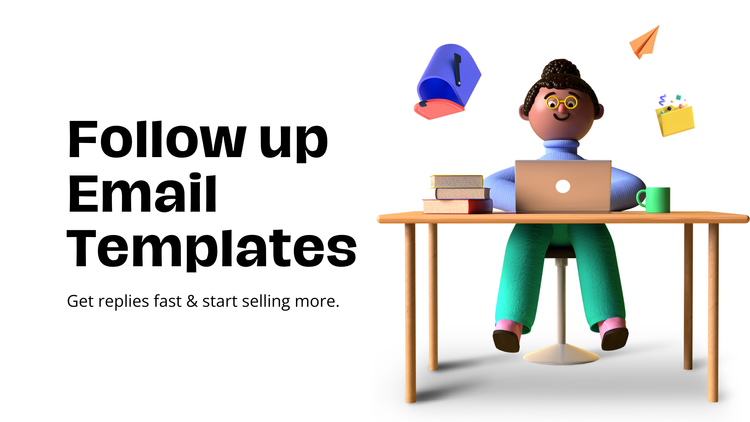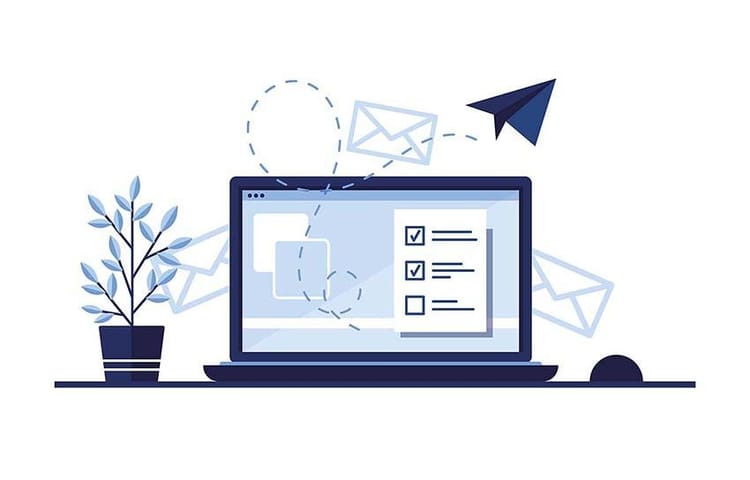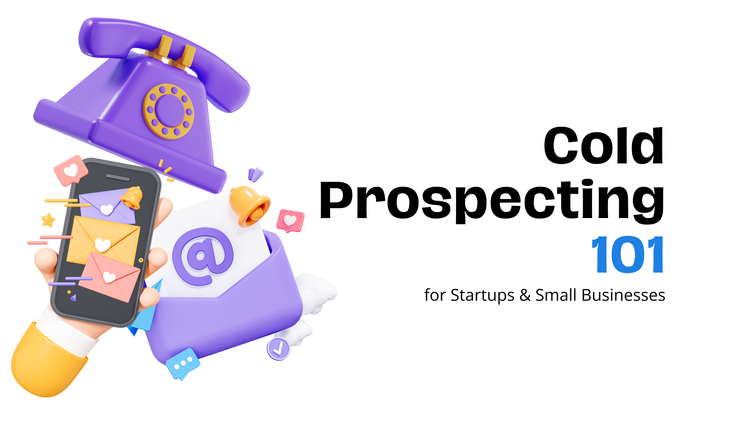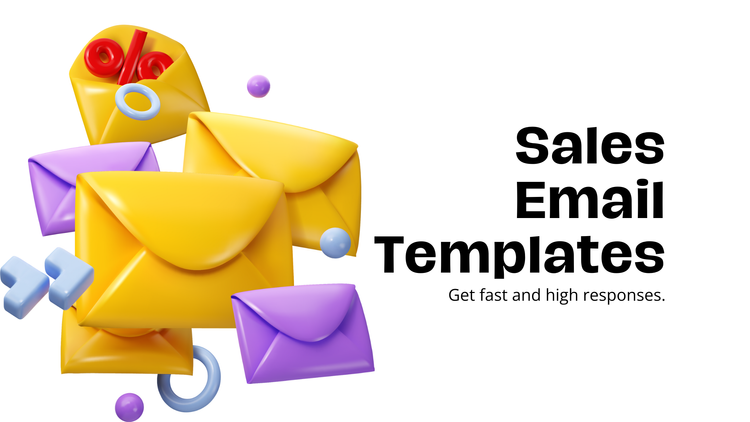10 Mistakes to Avoid When Using an Email Finder Tool

As of 2023, 347.3 billion emails are sent daily, marking a 4.23% increase from 2022's 333.2 billion emails per day.
The trend suggests continued growth in the email channel, highlighting the ongoing expansion of email lists and the use of email finder tools to connect with audiences.
But, are you using your tool effectively? If uncertain, explore the 10 common mistakes people make with email finder tools and learn how to avoid them.
1. Unclear target audience
If you don't know your audience well, you might waste credits on irrelevant contacts. Before you start your search, understand your audience.
Also, sending emails to the wrong people can lead to low engagement and a bad email score.
Solution: Clearly define your audience based on demographics, interests, and behaviors. Feed this info into your email finder tool.
2. Neglecting privacy compliance
Privacy laws vary by location. Depending on where you operate and your audience's location, follow both regions' privacy laws.
Violating privacy rules can lead to serious consequences, including legal action and damage to your company's reputation.
Solution: Choose a tool that complies with data protection regulations like GDPR. Understand the tool's data practices and ensure they align with your company's privacy policies.
3. Using an unreliable tool
Let's be honest – we've all tried free email finder tools only to discover they gave us wrong results, wasting our time and effort.
Unreliable tools can provide inaccurate data, leading to wasted time and resources.
Solution: Research and choose reputable email finder tools with positive user reviews. Look for tools with a proven track record for delivering accurate results.
4. Not testing the email finder tool for your needs
Some businesses prefer bulk finder tools, while others rely on LinkedIn or meticulously research each contact.
Each business has unique needs; what works for one may not suit another.
Solution: Before committing, thoroughly test the tool to ensure it meets your requirements. Check for features like customization, integration options, and ease of use.
5. Underutilizing advanced filters and bulk search
When a tool meets our needs, we often stick to its basic functions, overlooking other useful features. Many email finder tools offer advanced filters to streamline your search and enhance accuracy. Leveraging these features can save time.
For instance, the bulk search feature lets you generate a large contact list based on audience requirements rather than adding contacts one by one.
Solution: Explore and make use of advanced filters like location, job title, or company size. Optimize efficiency with bulk search options for handling larger datasets.
6. Neglecting email address verification
Not all found email addresses are accurate; people change companies, and emails become outdated. Updating this info on email finder tools takes time.
Moreover, inaccurate or outdated email addresses can lead to bounced emails, harming your sender reputation.
Solution: Use an email verification tool or choose an email finder tool that includes email verification to ensure the accuracy and deliverability of your emails.
7. Ineffective data saving and organization
Losing track of previous research means redoing it, wasting credits, time, and resources.
Disorganized data hampers outreach and complicates tracking and analysis.
Solution: Establish an effective system for saving and organizing data. Utilize categories, tags, or a CRM system to manage contacts, interactions, and outcomes. Inquire with your email finder tool provider about their data organization features and dashboard functionalities.
8. Overlooking the trial period opportunity
Many email finder tools offer free credits for testing before a full commitment. Committing without testing may lead to dissatisfaction and wasted investment.
Solution: Choose tools with a trial period. Use this time to assess the tool's performance, features, and compatibility with your needs before making a commitment.
9. Overlooking meetings with your email finder platform representative
Quality email finder tools continually upgrade to offer better services. However, you might not try all the new features.
Staying informed about updates helps you maximize the tool and adapt to changing needs.
Solution: Schedule regular meetings with your platform representative to discuss new features, updates, and best practices. This ensures you're using the tool to its full potential.
10. Not asking for a discount
The email finder tool market is competitive, with many providers open to price negotiations for loyal customers. Seeking a discount can cut costs.
Solution: Don't hesitate to negotiate pricing, especially if you're a long-term or high-volume user. It's a common practice in the business world.
Searching for your next Email Finder Tool?
Consider Skrapp! Here's why:
- We maintain an up-to-date database for accuracy.
- We verify email addresses for each search.
- We handle duplicate searches and count them as one.
- We offer additional features like bulk finder, LinkedIn email finder, and Email Finder API.
Sign up for FREE to discover more!





